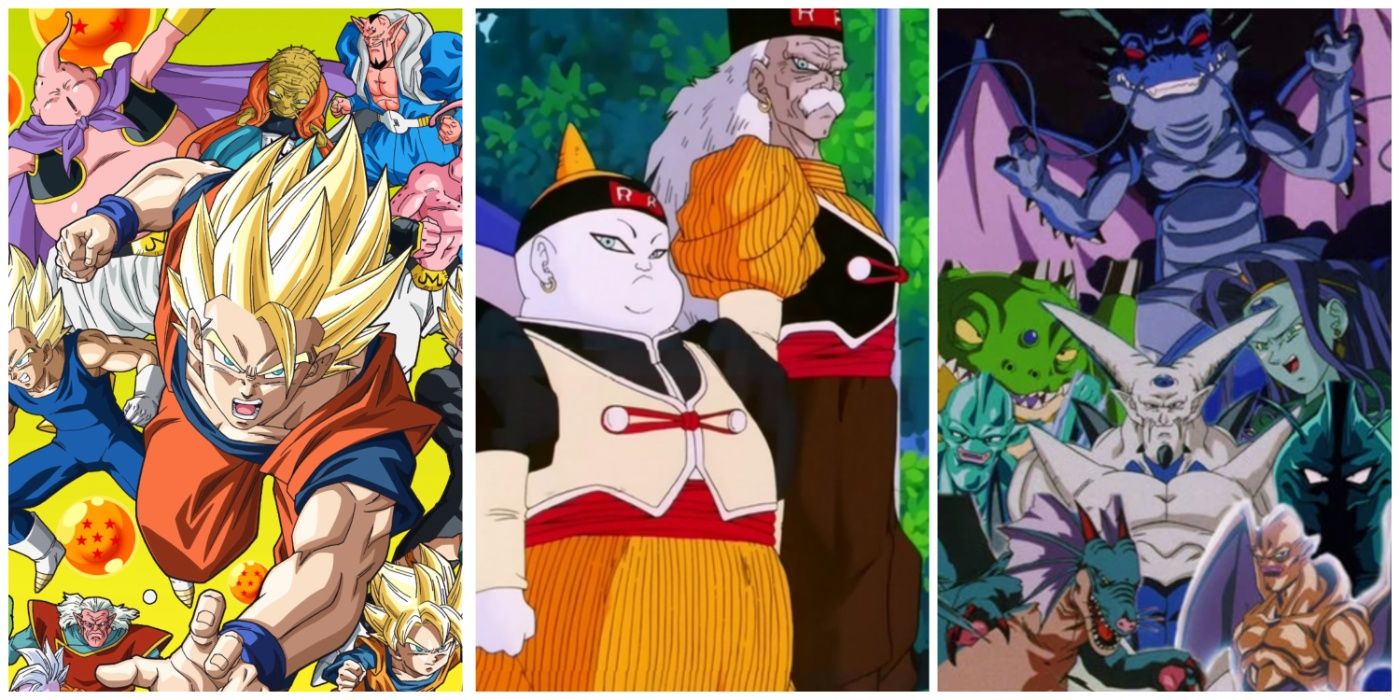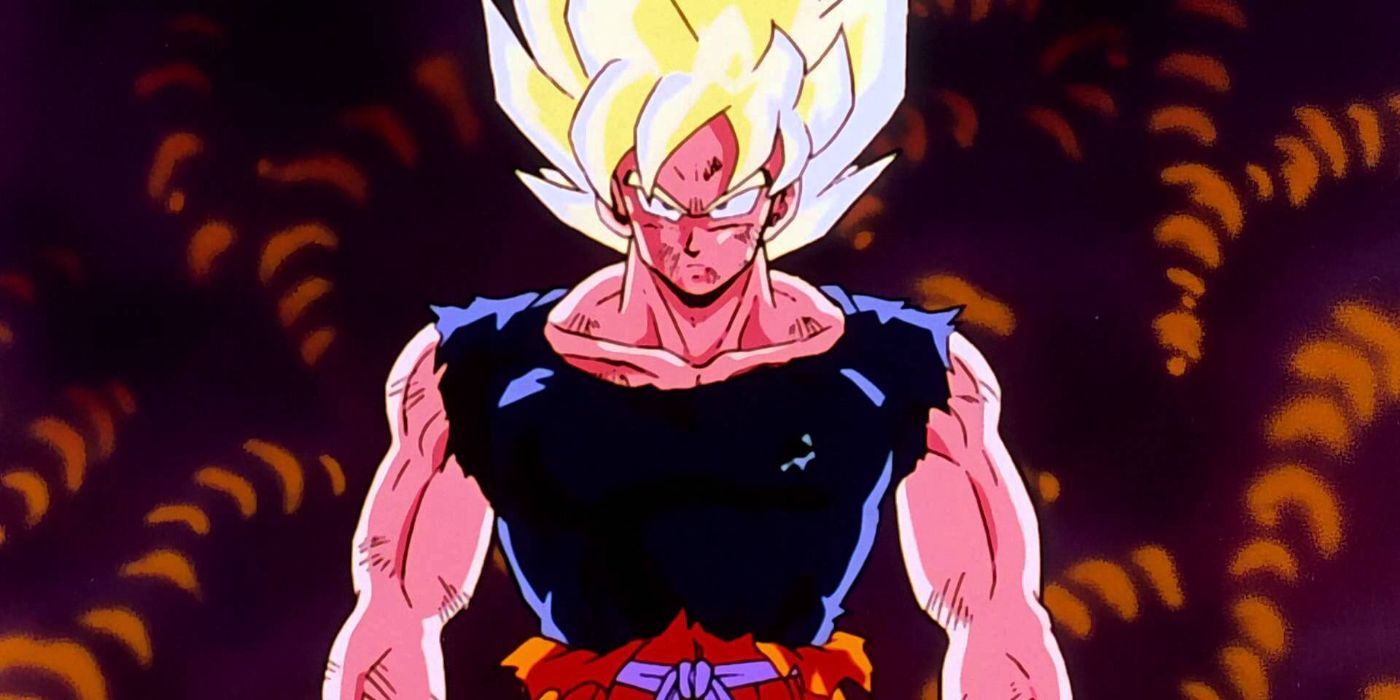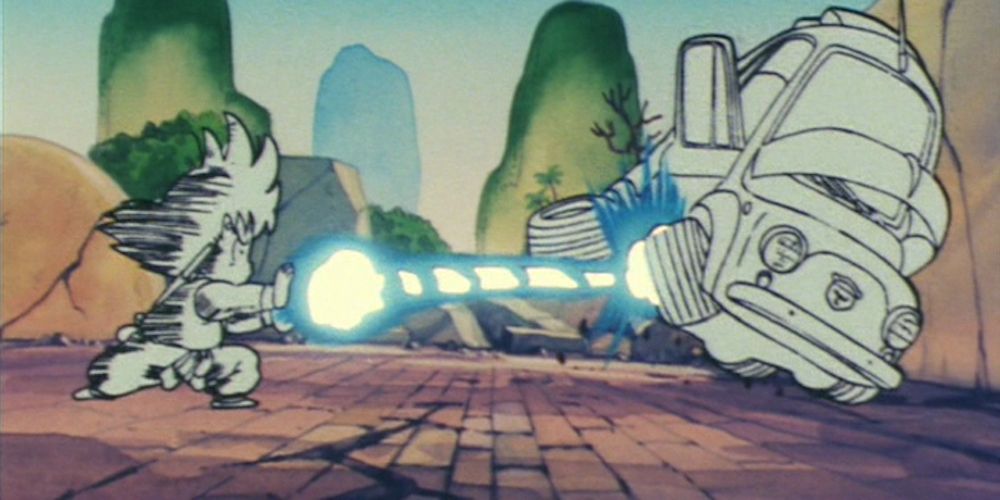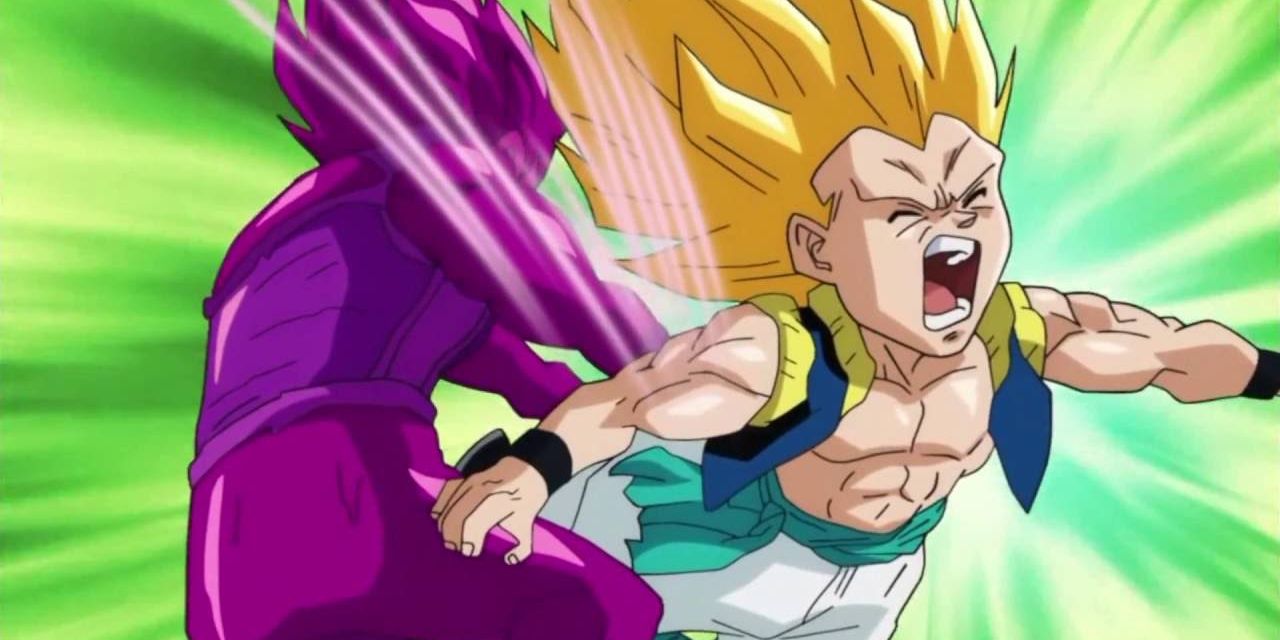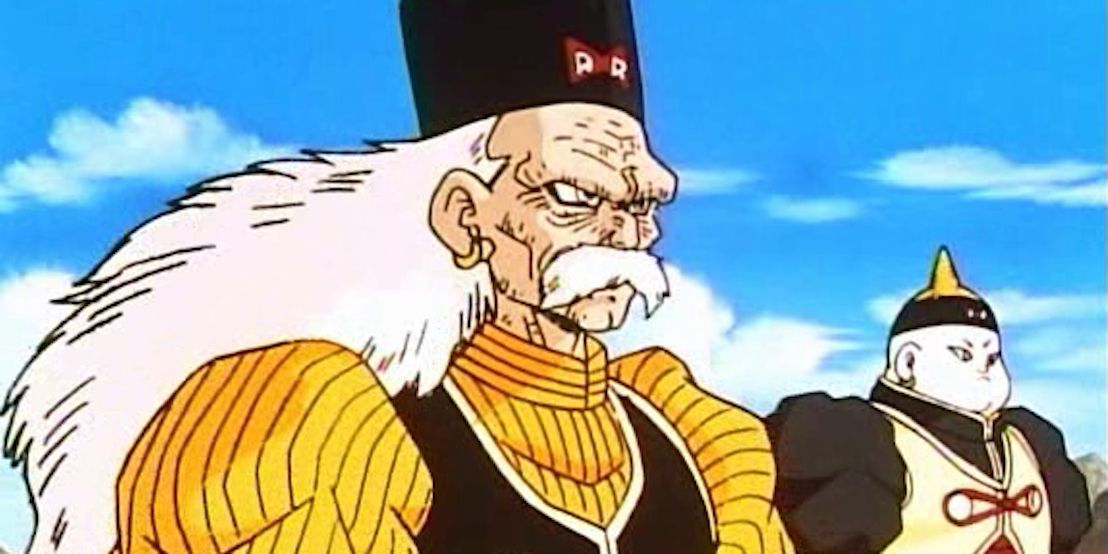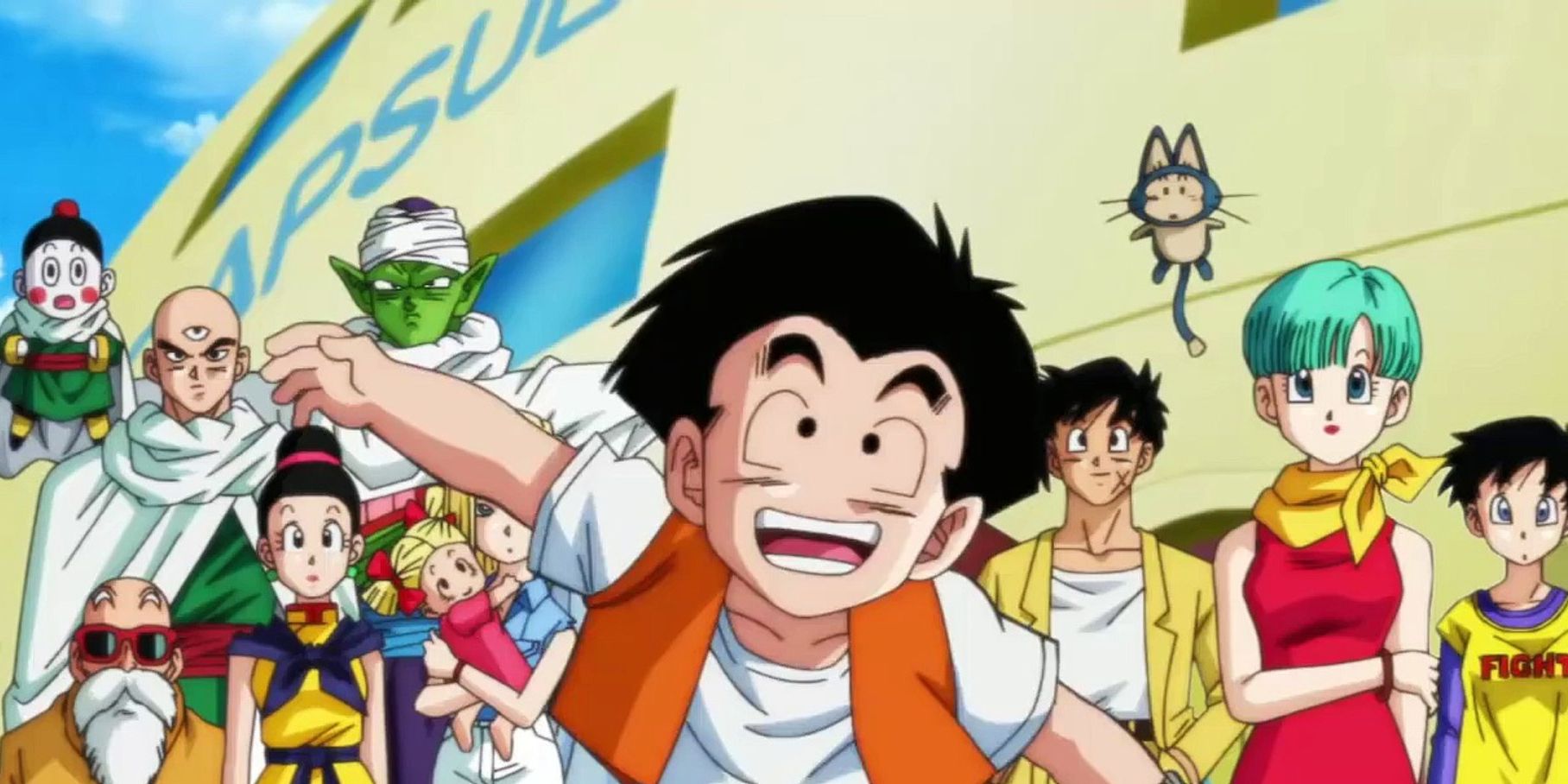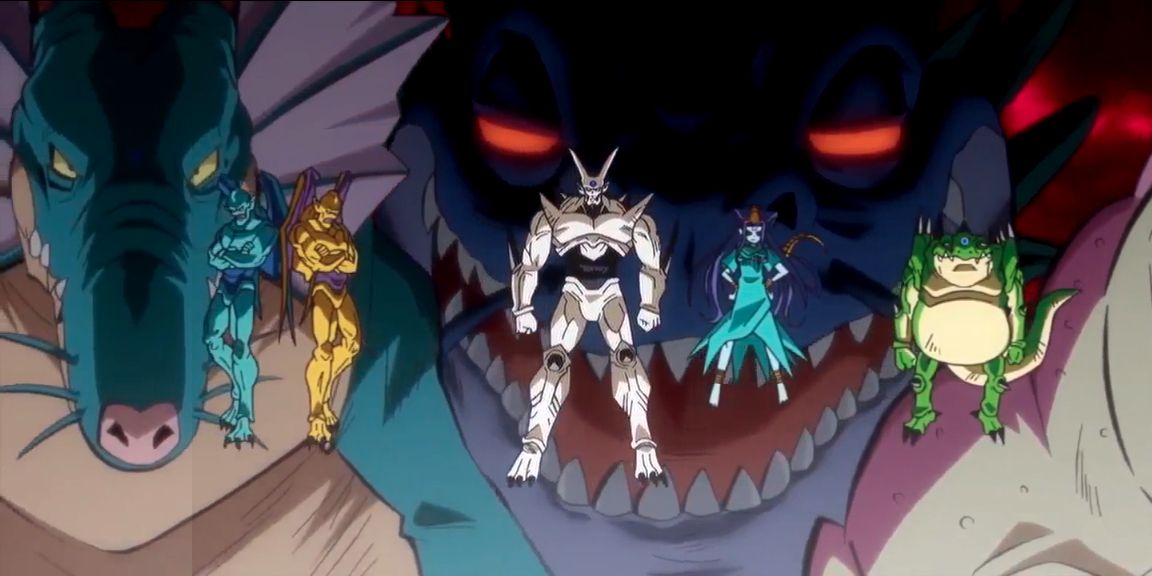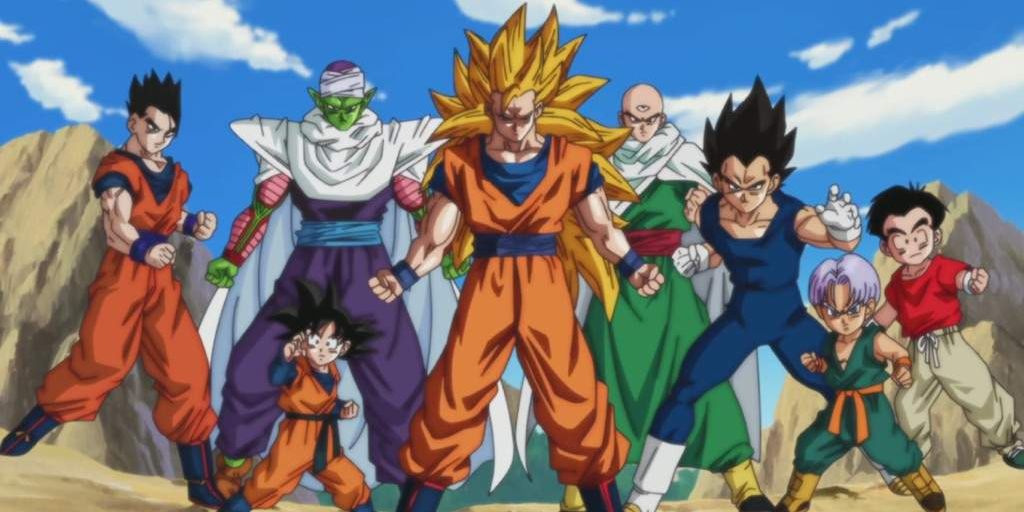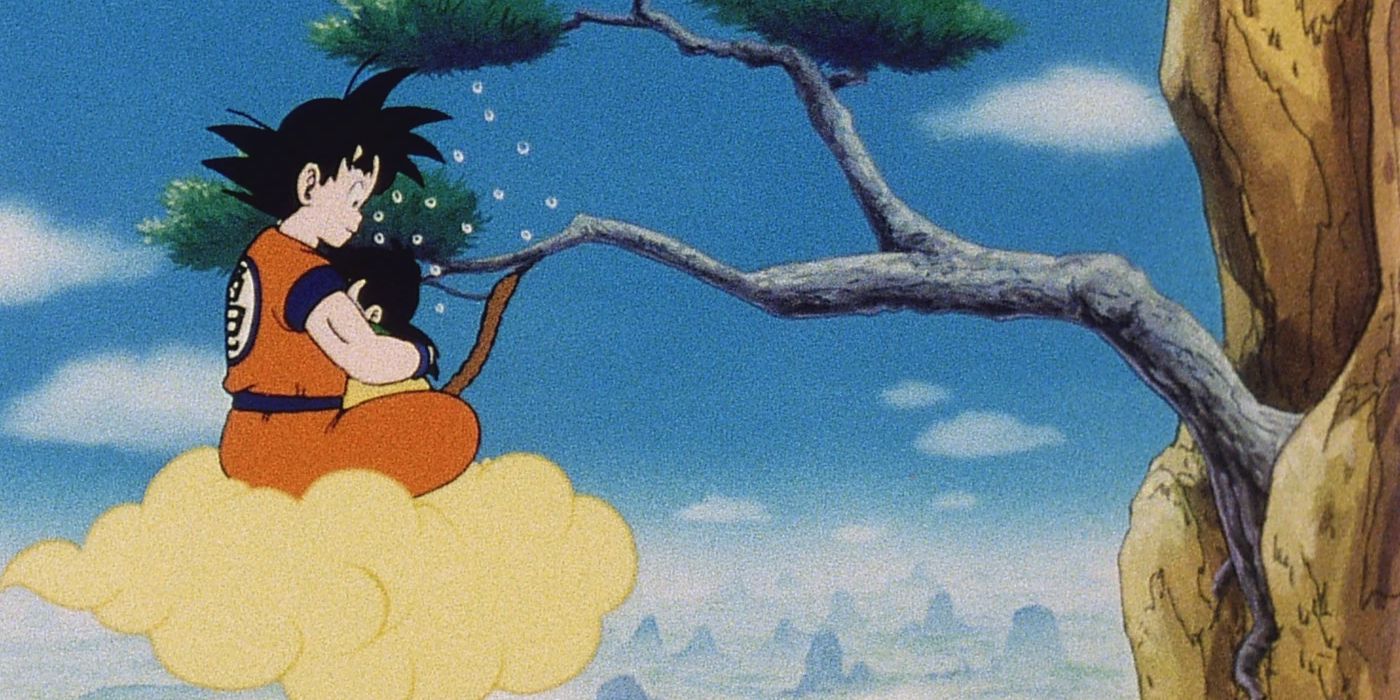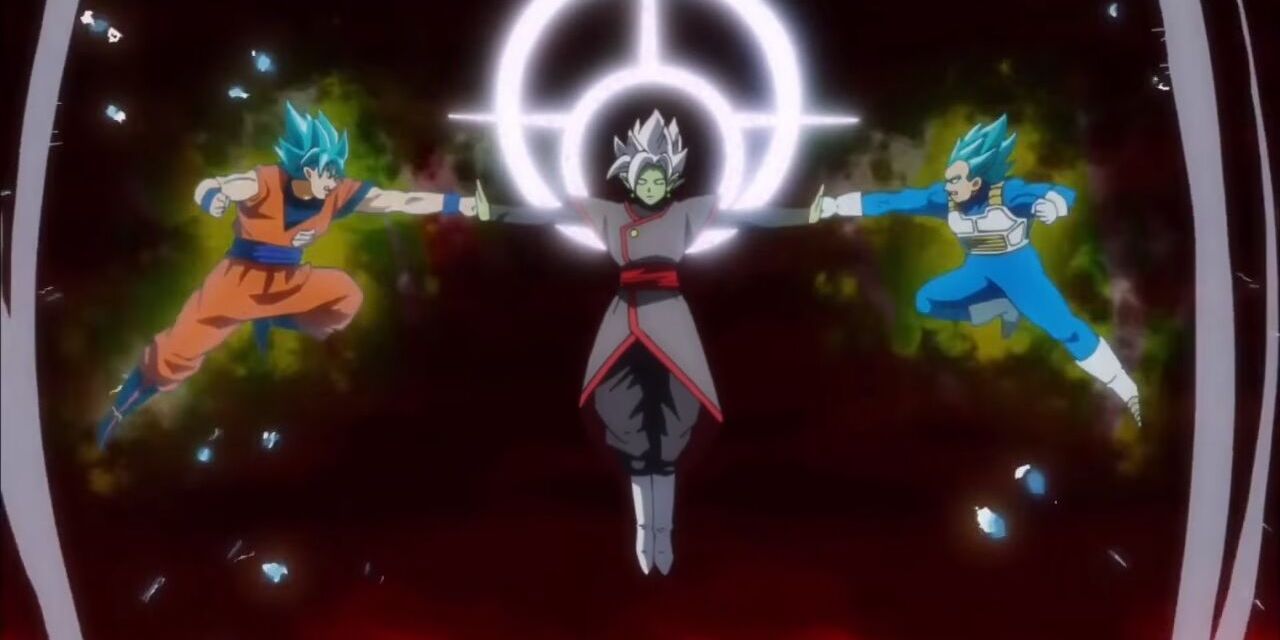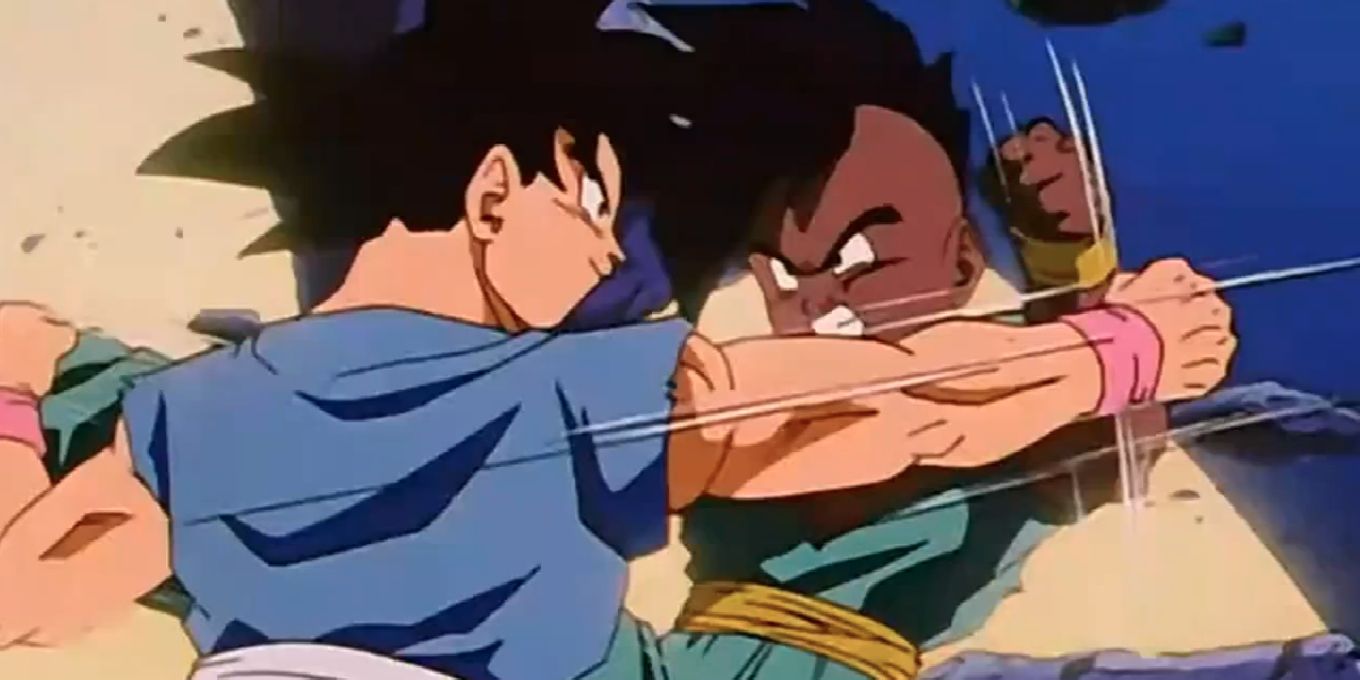Dragon Ball fans have memorized their favorite characters’ signature attacks, transformations, and battles across the franchise’s hundreds of episodes, but there’s also plenty of more obscure information that’s eluded casual viewers. There are some truly revelatory Dragon Ball details that will surprise and delight the franchise’s biggest fans.
Over the past four decades the Dragon Ball franchise has produced several sequel series and movies, popular video games, and countless manga. With so much DB content out there, it makes sense that only the most die hard fans would know the Dragon Ball’s deepest secrets.
10 The Super Saiyan Design Was Conceived Out Of Laziness
One of Dragon Ball’s signature elements is the anime’s fantastical Super Saiyan transformations that push its characters to unprecedented heights. New Super Saiyan forms welcome greater strength, but they also carry visual differences from the standard Saiyan. The original golden/blonde hair for Super Saiyans has become iconic, but Akira Toriyama has been candid regarding how this stylistic decision was predicated on laziness.
Toriyama was getting tired of having to always ink in all of Goku’s black hair and this Super Saiyan shift completely solves the problem. Other hair colors have gradually entered the Super Saiyan spectrum, but this first decision paves the way for what follows.
9 Akira Toriyama’s Wife Helped Develop The Kamehameha
Akira Toriyama is responsible for most of Dragon Ball‘s biggest decisions, but he’s not beyond turning to friends and loved ones for help when it’s needed. Toriyama knew that he wanted Dragon Ball to have a signature energy attack that would be passed down from Master Roshi to Goku, but he was struggling over its name and specifics.
Toriyama’s wife, Nachi Mikami (also a fellow manga artist), came up with the distinct Kamehameha moniker as well as the hand gestures and pose that’s since become iconic. Now, 39 years later, there are more than 25 Kamehameha variations in the mix.
8 Vegeta’s Original Dub Actor Returns To Voice Copy-Vegeta
Dragon Ball has come a long way when it comes to its English dubs and there have been some unique circumstances where Funimation, now Crunchyroll, can wink at their past. Dragon Ball Super features a short and silly arc where Goten and Trunks must fight against a wicked Vegeta replica known as Copy-Vegeta.
Astute viewers might recognize that Copy-Vegeta is voiced by Brian Drummond, who was Vegeta’s original English voice actor before Christopher Sabat took over the role. This setup is considerably more interesting than Sabat simply voicing both versions of the character.
7 Androids 19 & 20 Were Supposed To Be The Main Androids
Dragon Ball Z features a terrifying Android invasion that’s initially teased by Future Trunks, who has faced these monsters in his future timeline. Toriyama’s original plan was for Androids 19 and 20 to be the primary villains of this arc, and it was in fact Toriyama’s original editor, Kazuhiko Torishima, who insisted on more compelling characters, which resulted in Androids 16, 17, and 18.
Torishima is also responsible for pushing Toriyama to not only create Cell, but to take him beyond his original more insectile designs. Androids 19 and 20 would be much more important and the franchise would have lost some crucial characters without Torishima’s involvement.
6 Kenji Yamamoto’s Musical Score Had To Controversially Be Replaced
Music plays such a big role in Dragon Ball’s personality and audiences really bond with certain tracks that acquire emotional connections that mirror their scenes. Kenji Yamamoto did dutiful work on Dragon Ball Z Kai’s score, but there was an uproar when TOEI learned that Yamamoto’s compositions were heavily plagiarized.
Yamamoto was fired in 2011 and his work on the series has since been replaced by Norihito Sumitomo, who got his start on Dragon Ball Z: Battle of Gods. Many fans still prefer Yamamoto’s music, which is reminiscent of Shunsuke Kikuchi’s Dragon Ball score, but it’s become increasingly difficult to track down copies of episodes that still have it.
5 Dragon Ball GT’s Shadow Dragon Names Are Made Up For The Dub
Dragon Ball GT is still a polarizing chapter in the franchise, but audiences largely agree that the anime’s concluding Shadow Dragon saga explores some worthwhile ideas that wouldn’t be out of place in Dragon Ball Super. Goku, Vegeta, and Pan must fight seven Evil Dragons that are the manifestation of selfish Dragon Ball wishes.
International fans likely know these Shadow Dragons as Syn Shenron, Haze Shenron, Eis Shenron, Nautron Shenron, Rage Shenron, Oceanus Shenron, and Nuova Shenron, but these names are actually original to the English dub and meant to be an acronym for SHENRON. Dragon Ball GT‘s original version doesn’t get this creative with the Shadow Dragons’ names.
4 Dragon Ball Z Kai Only Finished Because Of International Markets
HD remasters of classic anime is a popular move and Dragon Ball Z Kai opts to follow Toriyama’s original manga and remove any anime-original content, which pares more than 100 episodes from Dragon Ball Z‘s 291 installments. Contrary to popular belief, Dragon Ball Z Kai was not popular in Japan and was supposed to conclude at the end of the Cell Saga.
The only reason that the full story gets finished in Dragon Ball Z Kai: The Final Chapters is because of international sales and success elsewhere. The Final Chapters adds 69 more episodes to Kai, bringing it to a total of 167 episodes, but it could have been considerably shorter.
3 Dragon Ball Z’s Anime Is Separate From Dragon Ball For Financial Reasons
There’s a very clear demarcation line between Dragon Ball‘s 153 episodes and the start of Dragon Ball Z. There’s a very different energy that takes over in Dragon Ball Z. Curiously, Toriyama’s manga runs straight through for 42 volumes simply as Dragon Ball.
It was Toriyama’s editor, Kazuhiko Torishima, who made the suggestion to rebrand the series as Dragon Ball Z following the time-skip after the 23rd World Martial Arts Tournament. Torishima knew that a “new” series would receive greater money and promotion than if Dragon Ball just continued down yet another arc. There were financial goals in mind here, but the separation into two series has helped both series thrive.
2 James Marsters Voices Zamasu Under A Pseudonym
Live-action anime adaptations remain tricky to do right and Dragon Ball Evolution is often cited as one of the more egregious examples. James Marsters, who plays King Piccolo in Evolution, has spoken about taking on the role because of his son’s affinity for the anime.
In a unique act of redemption, James Marsters returns to the Dragon Ball franchise as the English voice actor for Dragon Ball Super‘s top villain, Zamasu. Marsters voices Zamasu under the pseudonym, David Gray, but has confirmed that it’s him and his way to do right by the franchise.
1 Dragon Ball GT’s Clip Show Premiere Was Only Released In North America
Dragon Ball Z’s sequel series, Dragon Ball GT, has slowly been reappraised in recent years in comparison to Dragon Ball Super. One of the biggest issues that Japanese audiences originally had with Dragon Ball GT was its initial Black Star Dragon Ball arc, which opts for lighter adventures over mature action.
To start the dubbed series on the right foot, Dragon Ball GT’s English version condenses the first 16 episodes into an introductory clip show, “A Grand Problem.” It wasn’t until years later that “The Lost Episodes” were properly made available.
